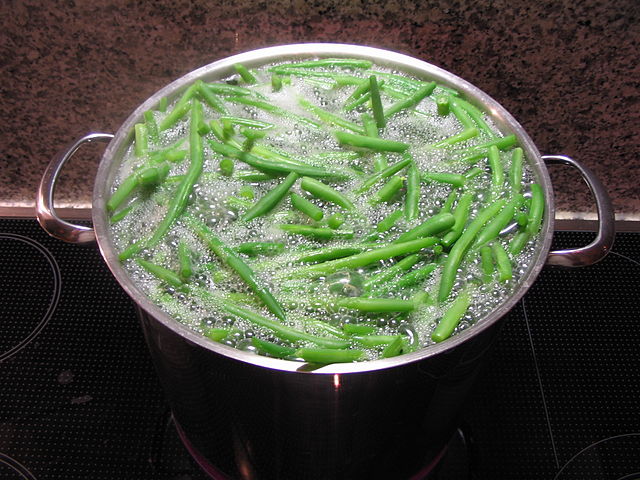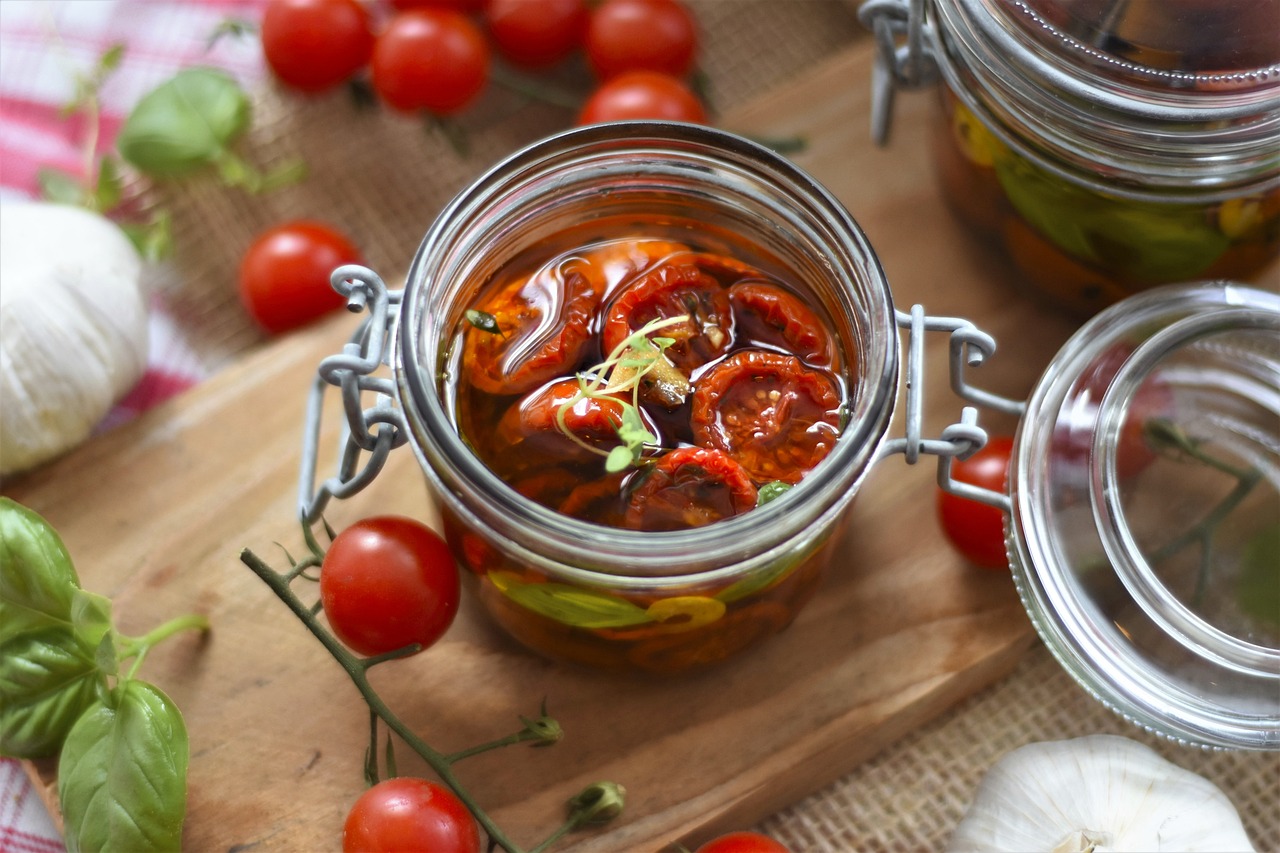Blanching Vegetables

A close friend recently provided us with some freshly grown broccoli and there is simply no way that was going to waste. Being more of a dehydrated foods fan than I am of freezing produce, I decided that dehydrating was the way to go in preserving my broccoli. In order to do a proper job of this there are certain rules that must be followed. The first is blanching the vegetables.
Learning the proper way to blanch vegetables and why the process is important is a valuable lesson in food storage preparations. There are several reasons for which one would want to blanching their vegetables. First it will clean off any surface dirt and organisms which might be on the plant. The process of blanching tends to maintain the original color of your vegetables – your green veggies remain brighter for a longer period of time. It is scientifically acknowledged that blanching helps to retain the beneficial vitamins and minerals within the plants. Finally and likely the most important reason will be to stop the enzyme action in the vegetables which would destroy the fresh flavor of the food after only as few as four weeks.
There are of course some vegetables that are used for their flavor such as hot peppers, green onions and some herbs which do not need to be blanched at all. Below is a sample of the process used to blanch your vegetables before freeing or dehydrating.
Blanching The vegetables
Begin by washing the vegetables well. Using 1 gallon of water per 1 pound of vegetables bring a pot of water to a rapid boil in a metal strainer. Carefully lower your vegetables into the boiling water. Maintain the temperature of the stove on high and keep the container covered during the blanching period. Blanching times are listed below for the most common vegetables.
Artichoke – 3 to 7 minutes depending upon size
Asparagus – 2 to 3 minutes
Green Beans – 3 minutes
Beets – These vegetables should be tender usually 10 to 15 minutes
Broccoli – 3 to 4 minutes
Brussels Sprouts – 3 to 5 minutes
Cabbage – 1 1/2 to 3 minutes
Carrots – 3 to 5 minutes
Cauliflower – 3 to 4 minutes
Corn – 5 to 10 minutes
Eggplant – 4 minutes
Leafy Greens – 2 minutes
Okra – 3 to 5 minutes
Parsnips and Turnips – 3 minutes
Peas – 2 minutes
Summer Squash – 3 minutes
In the event that you under blanch your vegetables you will find that it only serves to stimulates the activity of the enzymes and is actually worse than no blanching at all. I personally like to err on the side of too long as opposed to too short of a blanching time. The major disadvantage to blanching them for too long is that they tend to lose some of their color, flavor, mineral content and the vitamin value.
When the blanching time is complete immediately place the vegetables in cold water to stop the cooking process. At this point you could place the blanched vegetables in a freezer bag and freeze them or place them in your dehydrator and dry them.
The Author:
Copyright @ 2013 Joseph Parish http://www.survival-training.info








